Imagine using your phone for up to five days on a single charge
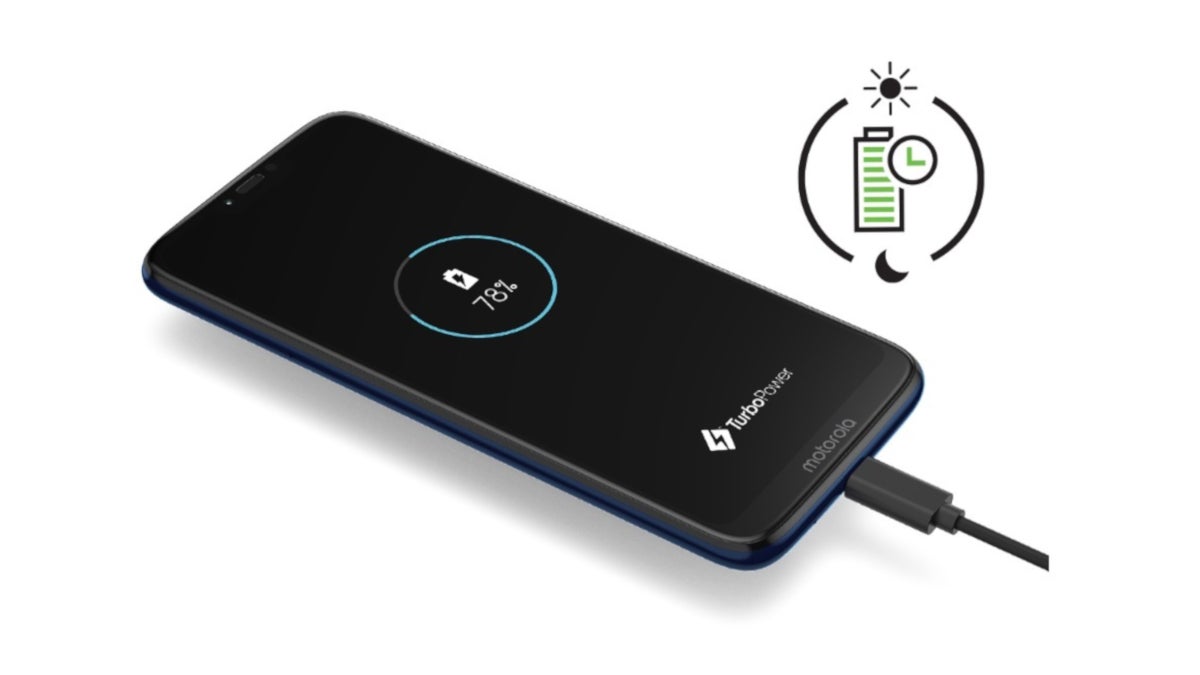
Both enthusiasts and casual smartphone shoppers like to buy phones that feature good battery life. That makes sense; no matter how well spec'd a phone is, if it runs out of juice and you don't own a power bank or can't find an outlet, you might as well have a brick in your hands. And you don't have to be an expert to figure out that the 5000mAh battery on the Moto G7 Power has a higher capacity than the 2800mAh battery found inside the Pixel 4.
Battery life depends on many different factors including a phone's operating system, the size and resolution of the screen, the apps that are installed, whether location tracking is enabled, how often the phone is being used and more. For example, the 5000mAh capacity battery on the Moto G7 Power will deliver up to three days of battery life to users. While the Samsung Galaxy S20 Ultra is also expected to be equipped with a 5000mAh battery, on Samsung's phone the battery won't last nearly as long between charges as it does on the G7 Power. That's because the latter device carries a 6.2-inch LCD display with a less demanding Snapdragon 632 chipset compared to the larger 6.9-inch Super AMOLED display and powerful 5G enabled chipset on the Galaxy S20 Ultra.
Lithium-ion (or li-ion) batteries are currently the standard in the smartphone industry. Researchers at the U.K.'s Faraday Institute recently published a report about lithium-sulfur (li-s) batteries which the institute calls "one of the most attractive technologies available," and you can see why. Compared to lithium-ion, lithium-sulfur batteries store more energy per each unit of weight, have cost and safety advantages and support a wider temperature range. Compared to li-ion, the li-s batteries also offer improved performance, have a larger capacity and are less toxic to the environment.
According to ScienceAdvances, researchers at Monash University in Melbourne, Australia have used lithium-sulfur technology to develop a smartphone battery that can go up to five days between charges. Imagine how convenient that would be. To make this work, the research team was able to fix one of the biggest problems found in li-s batteries, the loss of active battery material over time.
Imagine a smartphone battery giving you five days between charges
Unlike some of the past battery breakthroughs where development has seemed to have stopped dead in its tracks, lithium-sulfur has caught the attention of some Chinese and European lithium battery manufacturers. Further testing is scheduled to take place in Australia earlier this year. Associate Professor Matthew Hill says that the latest design of the battery not only offers outstanding performance but is also cheaper to manufacture. Speaking of manufacturing, the scientists' have received a patent in Australia for the process and a prototype was developed by Germany's Fraunhofer Institute for Material and Beam Technology.
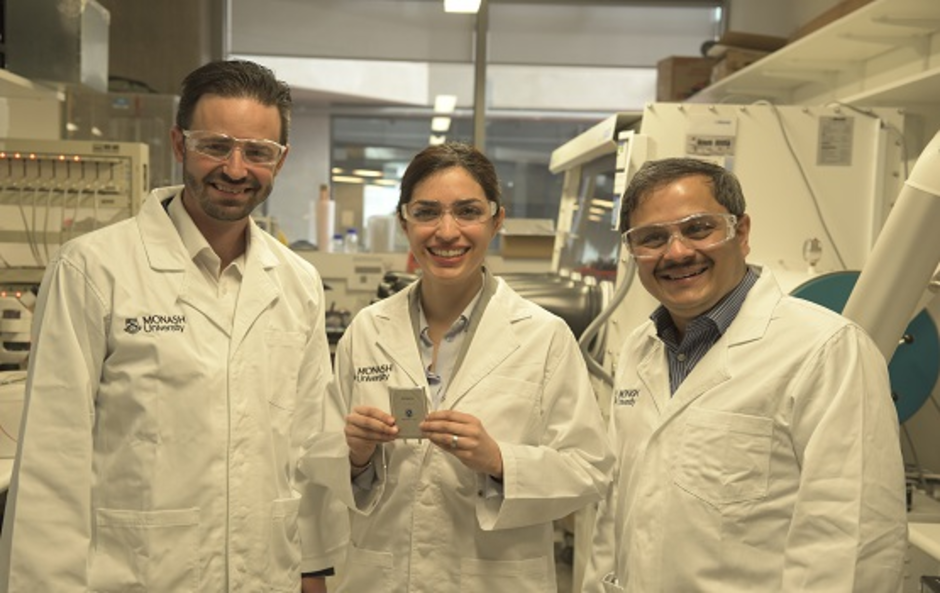
Part of the Monash University team working on the lithium-sulfur battery
Battery life seems to move gradually higher on average every year, which most users are happy to see. Sometimes though, the technology isn't exactly ready for prime time. Take the sad story of the Energizer Power Max P18K Pop. Unveiled last February in Barcelona during MWC, this device was equipped with an 18000mAh capacity battery, the largest ever put inside a smartphone. The manufacturer building the phone, Avenir Telecom, listed it on crowdfunding site Indiegogo seeking to raise $1.2 million. To achieve the goal, close to 2,200 units would have to be sold at a price of $549 each. But the amount raised was a disappointing $15,005 from 11 backers and the project was canceled.
While having an 18000mAh battery gave the Energizer Power Max P18K Pop unmatched battery life, it also made the device extremely thick making it stand out (and not in a good way) among smartphones that are increasingly becoming more svelte.
Before we see lithium-sulfur batteries powering smartphones, graphene batteries could be next. Batteries made with this material could offer faster recharge times with a smaller physical presence. Huawei France disseminated a tweet last month discussing the use of a graphene battery for the Huawei P40 Pro. Tipster Ice Universe (@UniverseIce) pointed out that the technology is "currently impossible" and of course, Huawei France removed the post.
Follow us on Google News



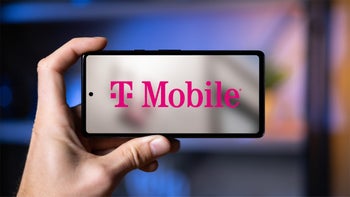

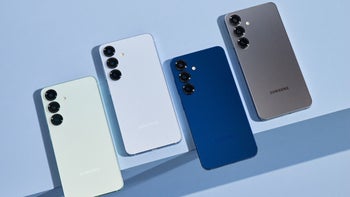



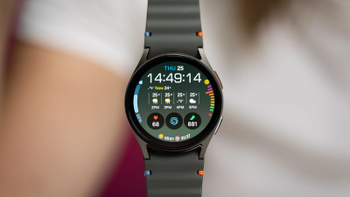

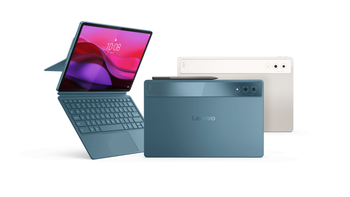
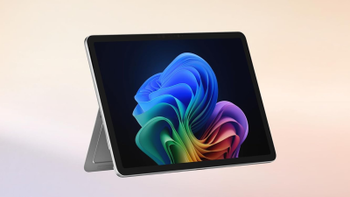
Things that are NOT allowed:
To help keep our community safe and free from spam, we apply temporary limits to newly created accounts: